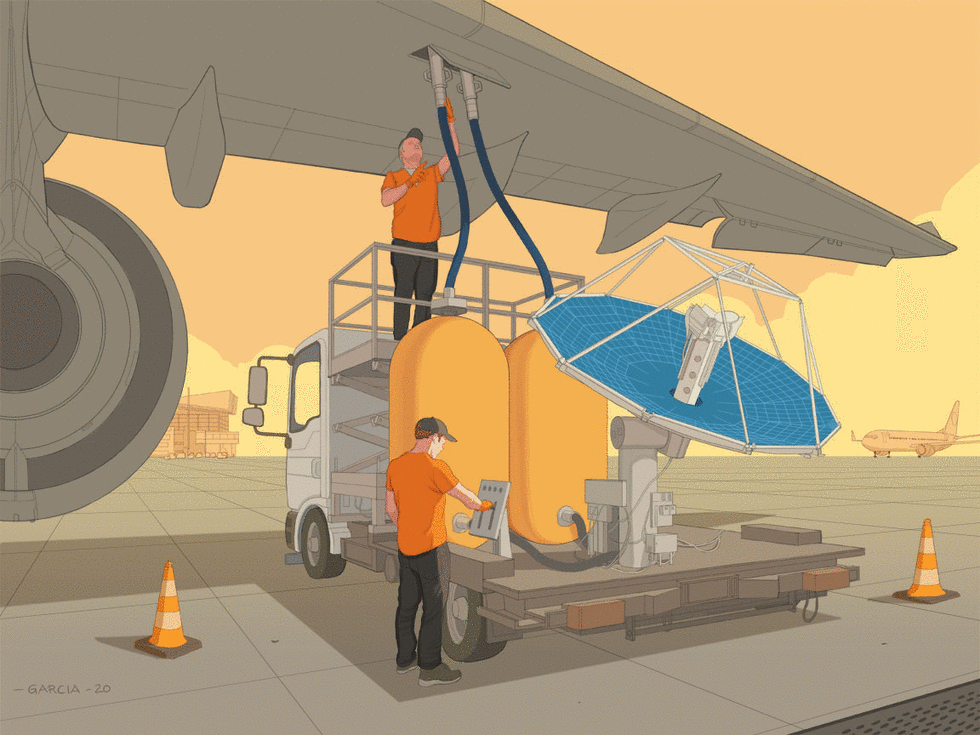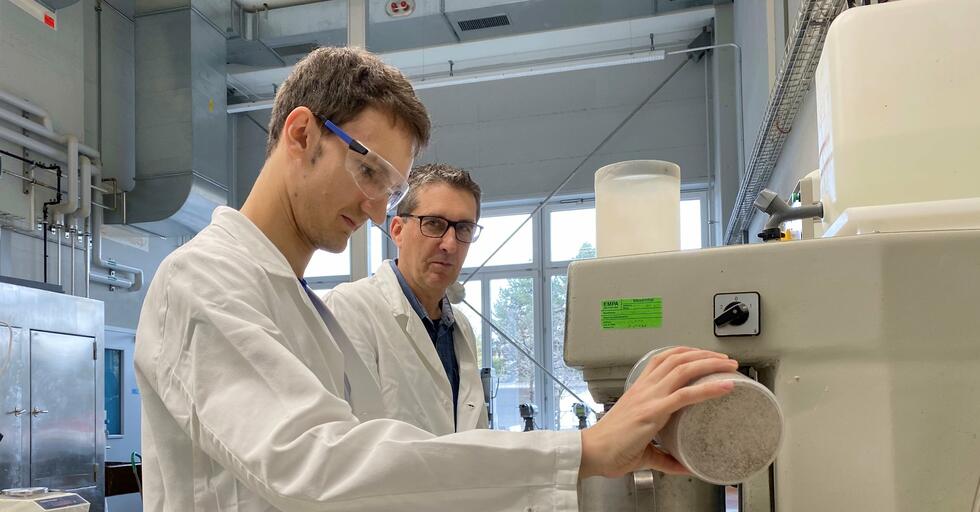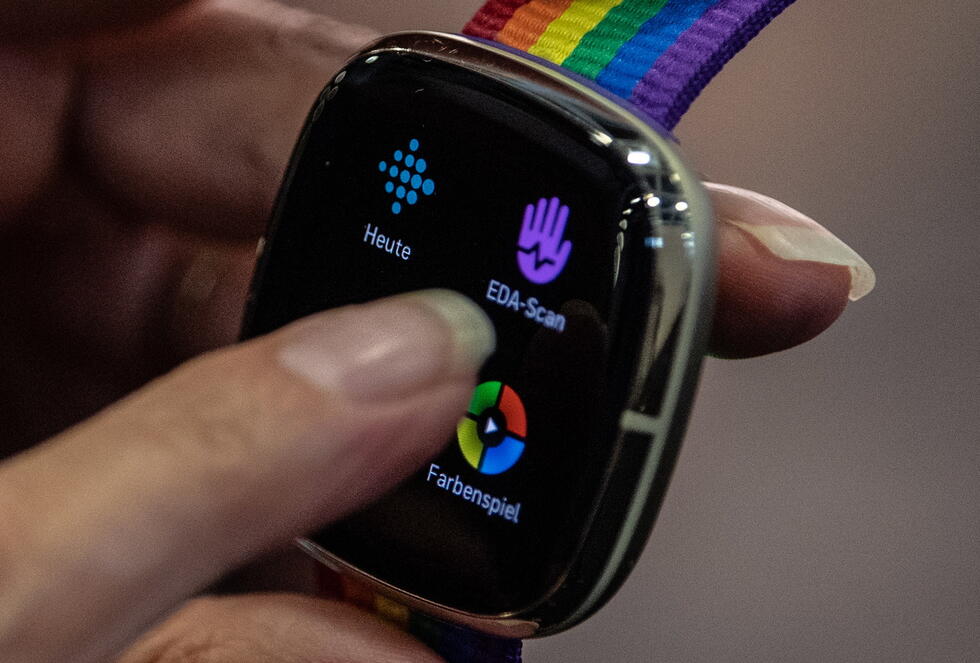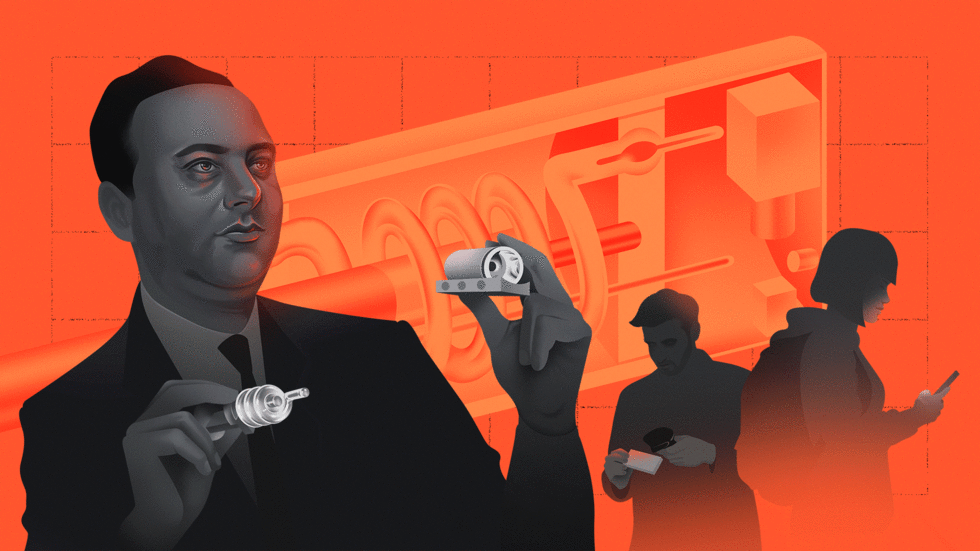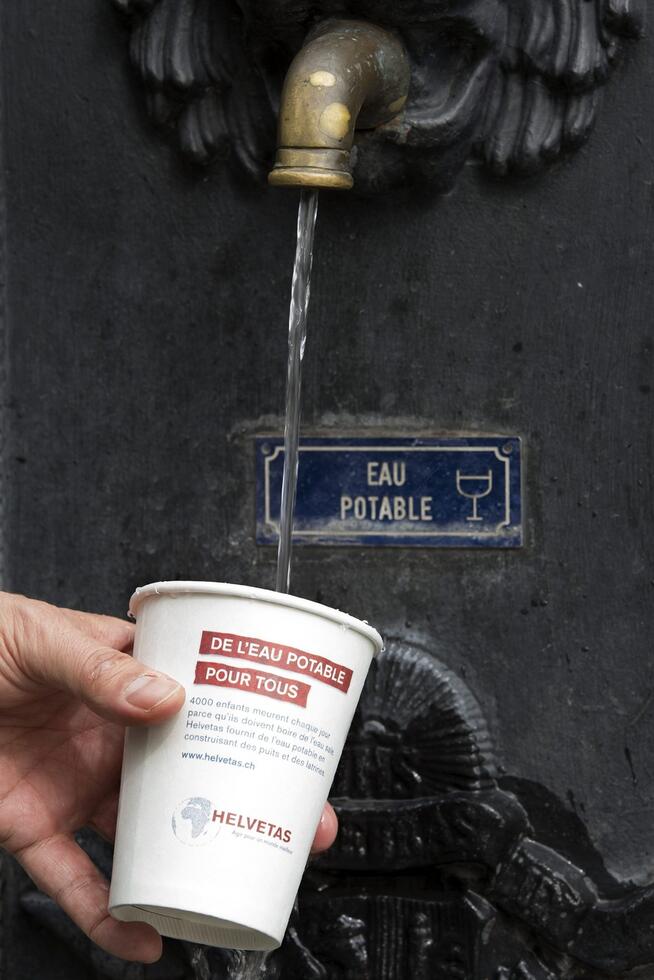SHORT NEWS
Smart plasters monitor wounds
Smart bandages with embedded electronics and medicines are designed to help chronic wounds heal better.

When someone suffers a cut, scratch, burn or other wound, the injury usually heals on its own. However, this is not always the case: diabetes, for example, can disrupt the healing process and lead to wounds that will not go away, can become infected and fester.
Caltech says its researchers have now developed a new type of smart bandage that could make treating these wounds easier, more effective and less expensive.
Unlike a typical bandage, which consists only of layers of absorbent material, the smart bandages are made of a flexible and stretchable polymer that contains embedded electronics and drugs. The electronics allow the sensor to monitor molecules such as uric acid or lactate and conditions such as pH or temperature in the wound, which can indicate inflammation or bacterial infection.
Three ways to help the wound heal
The bandage can respond in three ways: First, it can wirelessly transmit the collected data from the wound to a nearby computer, tablet or smartphone for review by the patient or a doctor. Second, it can deliver an antibiotic or other medication stored in the bandage directly to the wound site to treat the inflammation and infection. Third, a weak electric field can be applied to the wound to stimulate tissue growth, leading to faster healing.
In animal models under laboratory conditions, the smart bandages were shown to be able to inform researchers in real time about the condition of the wound and the metabolic state of the animals, accelerating the healing of chronically infected wounds, similar to what is done in humans.
Future research in collaboration with USC's Keck School of Medicine will now focus on improving the bandage technology and testing it on human patients.

















